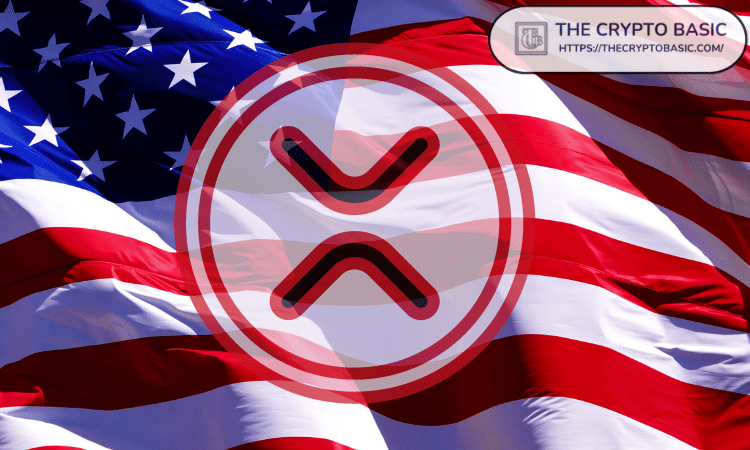The U.S. Federal Reserve has received multiple recommendations about the third largest altcoin, XRP, in a public questionnaire concerning central bank digital currencies (CBDCs).
The questionnaire, comprising 22 questions, sought insights on risks, benefits, privacy concerns, and more about various aspects of CBDC adoption.
XRP, Ripple, and XRPL Suggested to FED
For instance, the U.S. FED asked about the potential impact of future technological innovations on CBDC design and policy choices.
Respondent James Hughes emphasized the importance of maintaining open channels with the cryptocurrency industry. He advocated against making “illegal” currencies like Bitcoin, Ethereum (ETH), and XRP. He stated that allowing consumers to choose would foster continued innovation within the digital economy.
Addressing the query about the necessity of offline capabilities for a CBDC, Ryan Hanna from the U.S. banking industry expressed support for the idea. Hanna cited the possibility of mass blackouts or power grid issues impacting CBDC functionality. As a result, this respondent highlighted Ripple and the XRP Ledger (XRPL) as examples of blockchain providing effective offline capabilities.

On the topic of designing a CBDC for ease of use and acceptance at the point of sale, Ryan Hanna reiterated the importance of instant settlement and zero fees. Specifically, Hanna endorsed the use of the XRPL to achieve the objectives.
CBDC Not Needed, XRP is Fine
Concerning the evolution of domestic and cross-border digital payments in the absence of a U.S. CBDC, crypto enthusiast James Ryckman argued against the necessity of a CBDC for cross-border transactions.
In parallel, Ryckman pointed to Ripple and XRP as ideal bridge solutions for large-value cross-border payments. According to Ryckman, CBDCs are not required to fulfill this role in the payments ecosystem.
Similarly, the FED sought input on the potential benefits of a CBDC and alternative approaches. Luke Keagy from the U.S. construction industry proposed a different strategy. Keagy advocated using a public chain like XRPL to build a sidechain.
According to Keagy, this approach would enable the Federal Reserve’s money to interact directly with private sector innovation, fostering collaboration and innovation.

Regarding achieving transferability across multiple payment platforms, crypto enthusiast Ernest Shackleton firmly asserted that XRP is the singular solution required. Shackleton indicated confidence in the cryptocurrency’s capability to facilitate seamless transactions across various platforms.
Overall, in the 584-page document capturing the opinion of hundreds of Americans on the potential U.S. CBDC implementation, mentions of XRP appeared 111 times.
Ultimately, as discussions surrounding the design and implementation of a CBDC continue, it remains to be seen if the recurring mentions and endorsements of XRP and the XRPL would influence the Federal Reserve’s considerations.
DisClamier: This content is informational and should not be considered financial advice. The views expressed in this article may include the author's personal opinions and do not reflect The Crypto Basic opinion. Readers are encouraged to do thorough research before making any investment decisions. The Crypto Basic is not responsible for any financial losses.


